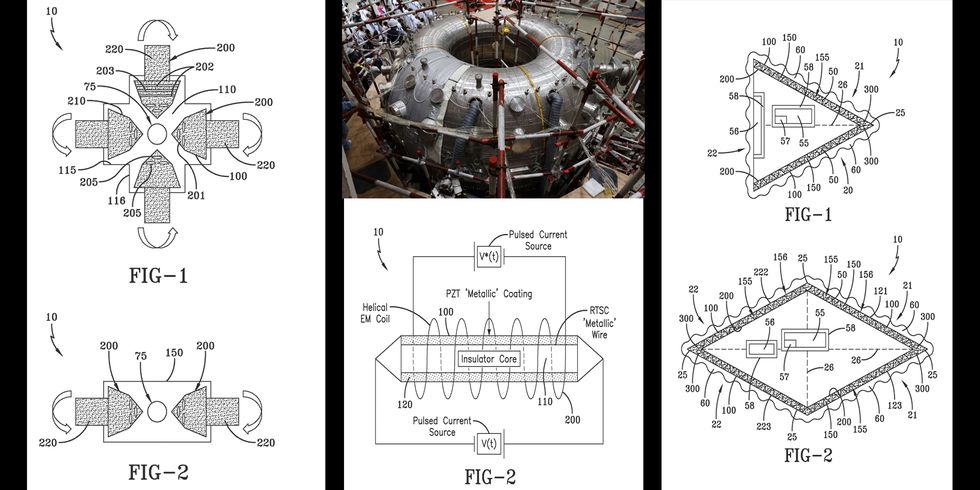Post by magnum on Jan 26, 2020 3:24:17 GMT
At Last, the Guy Behind the Navy's Wild UFO Patents Speaks

Salvatore Cezar Pais is the inventor behind several unusual technology patents.
The patents seem to point to a method of transportation similar to UFOs.
Experts say Pais' claimed technologies require considerable proof to gain credibility.

His inventions—including a compact nuclear fusion reactor—sound like magic. He insists they're real.
The patents seem to point to a method of transportation similar to UFOs.
Experts say Pais' claimed technologies require considerable proof to gain credibility.
The elusive engineer behind several highly unusual patents, filed on behalf of the U.S. Navy, has broken his silence and finally spoken to the media. Salvatore Cezar Pais responded to emails sent by The War Zone, but his answers bring us no closer to how the technology behind the patents, which involve fusion power and other exotic tech, came about.
Dr. Pais, formerly an aerospace engineer with Naval Air Systems Command/ Naval Air Warfare Center Aircraft Division and now at the Navy’s Strategic Systems Programs, recently achieved notoriety with the publication of patents involving compact fusion reactor energy—truly wild stuff that stretches the limits of science—and a “hybrid aerospace-underwater craft.”
The two technologies combined could theoretically create a “UFO”-like craft similar to the one seen by U.S. Navy pilots in 2004 and 2014-15. Although highly unusual, Naval Air Systems’ Chief Technology Officer James Sheehy assured the U.S. Patent Technology Office (USPTO) that the technology behind them was indeed real, and that some aspects were already undergoing testing.
Pais recently published a paper in EEE Transactions on Plasma Science titled, “The Plasma Compression Fusion Device—Enabling Nuclear Fusion Ignition.” The device is essentially a fusion reactor, the holy grail of energy research. Fusion reactors promise cheap, limitless energy without complications of nuclear power—particularly nuclear meltdowns and the generation of nuclear waste.
Most major countries, as well as major corporations like Lockheed Martin, are working on their own fusion power projects. But the necessary breakthrough to make the tech operational is still thought to be decades away.











